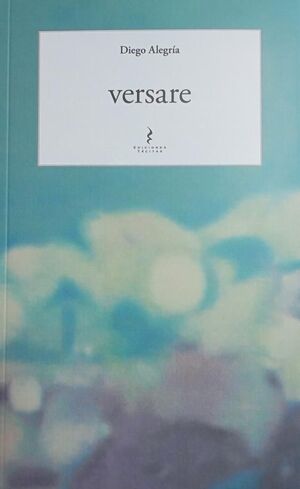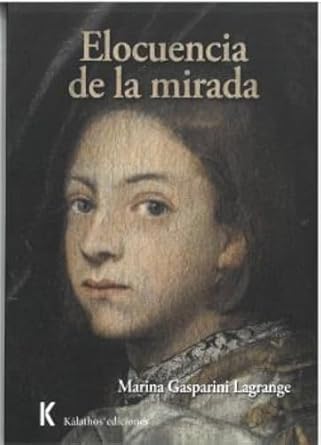Lima: Random House. 2022. 424 pages.
 These memoirs are shot through with a lust for life in all of its facets, and their author, Roger Santiváñez (Piura, 1956), has left a testament to a life well lived. It’s a story written in an autobiographical tradition where elements of Bildungsroman (childhood, adolescence, and the turbulent passage to adulthood) commingle with salient events from Peru’s cultural and political life. Elements of both are intertwined in this work of “nonfiction” storytelling, as the author describes it.
These memoirs are shot through with a lust for life in all of its facets, and their author, Roger Santiváñez (Piura, 1956), has left a testament to a life well lived. It’s a story written in an autobiographical tradition where elements of Bildungsroman (childhood, adolescence, and the turbulent passage to adulthood) commingle with salient events from Peru’s cultural and political life. Elements of both are intertwined in this work of “nonfiction” storytelling, as the author describes it.
As many readers will be aware, Santiváñez is a Peruvian writer and the author of a large oeuvre spanning different genres: narrative poetry, criticism, and journalism. He was also one of the founders of the Kloaka movement at the start of the 1980s.
El sentido de la soledad covers the period from Santiváñez’s childhood in Piura (in northern Peru) until his arrival in the United States. While the book spans just four decades (1961-2001), the events contained within could easily fill several lifetimes. Santiváñez depicts a younger self imbued with an irrepressible desire to become a poet, but above all to overcome the solitude that surrounded him. We’ll come back to that.
It is almost as though one of the avant-garde’s last stragglers had wound up lost in the streets of Lima (simultaneously both heaven and hell, depending on your perspective). And had decided that the only way to honor his literary forebears (such as the ever-present Santa Rosa de Lima, always watching over this stray lamb) was by taking the side of the guerrillas, imbibing and injecting everything on offer, and getting tangled up with any woman willing to come along for the ride. Santiváñez’s narrative strategy is clear, because throughout the 400-odd pages of this book (impossible to put down for very long) we witness the emergence of a kind of Third-World Romantic hero, imbued with an almost Rimbaldian adolescent isolation but that never cuts him off from the daily grind of life in Peru during those years. Instead, it reinforces the contrast between the boy (and then adolescent) who was secure of his place in a world of family members, friends, neighbors, and teachers, and his own sense of permanent isolation, where the only way out was through the consolation of writing. As he remarks, “The golden girl that was my childhood turned into a sweet, precious memory, which I have now used as a way to try to summon her back, to be with me on this lonely page.” Elsewhere, he adds, sensing the impossibility of any future: “There is nothing left to do but to conjure up the destiny that has befallen us. Perhaps that is why I decided to write these memoirs, to bear witness to a time to come—possibly only in our most cherished dreams—that is, the time of the utopia we will never have.” It is paradoxical, to say the least, to read of this non-future from the pen of someone who took part in the very movements that placed the future (a revolutionary, near, and attainable future) front and center of their entire discourse. Perhaps, as David Graeber says in The Sadness of Post-Workerism:
We really do lack a sense of where we stand in history. And it runs well beyond radical circles: the North Atlantic world has fallen into a somewhat apocalyptic mood of late. Everyone is brooding on great catastrophes, peak oil, economic collapse, ecological devastation. But I would argue that even outside revolutionary circles, the Future in its old-fashioned, revolutionary sense, can never really go away. Our world would make no sense without it. [Emphasis added]
Beyond the possible meanings we might discern from these words, I want to highlight their import for readers of the dead-end world evoked by Santiváñez, himself a creature without hope whose Peruvian life story is told with some melancholy. There is vitality to be found everywhere in this memoir, and yet everywhere there is also a pervasive sense of defeat, disillusionment, and lost time.
“PERHAPS SANTIVÁÑEZ CONSCIOUSLY PREFERS THE EBB AND FLOW OF LIFE OVER ARTISTIC SELF-SCRUTINY. IF THAT IS THE CASE, THEN THE MOST PERTINENT DIMENSION OF THESE MEMOIRS WOULD BE FOUND IN THOSE PARTS THAT DOCUMENT EVERYTHING OTHER THAN THE ACTUAL WRITING OF POETRY ITSELF”
The author’s passage through middle-class schools in Piura provides the terrain for the evocation of an unsullied arcadia, a kid’s and then an adolescent’s world where the child Roger would discover not-so-childish games, first intimations of violence, feverishly short-lived passions, provincial tedium, initiatory encounters with books, the enigma of sex, and the presence of family as a sacred bastion of love and support. But he does all this, crucially, in a language that is avowedly colloquial, and which, not insignificantly, is placed within the grasp of the reader who might be unfamiliar with the rhetorical challenges posed by the author’s more recondite poetry. Peruvianisms abound in the agile prose—Santiváñez’s experience as a journalist is an important factor here—with which the author guides us through successive autobiographical milestones that are intrinsically tied to landmark events that shook Peru at the time. Anglicisms are also frequent, almost as a premonition of the author’s life towards the end of these memoirs.
In the midst of the author’s dizzying succession of love affairs, his awakening to rock music, his time in Lima, and his poems, the inextricable connection between poetry and life serves as an unbroken thread. (The paragraph on the origin of the title of his collection El chico que se declaraba con la mirada, for instance, is simply astonishing). Other unifying themes are provided by the bohemian scene in Lima, where literary groups are forged, and indeed by literature itself. The parade of names that runs through these pages reads like an index of the figures and groupings that made Peruvian poetry the colossus that it is today: Hora Zero, La Sagrada Familia and, of course, Kloaka, a group about which the author has written extensively before.
The professional journalism years soon segue into the hard drugs years, and those of Peru during the time of Sendero Luminoso: the streets under military occupation and the fear of car bombs are an important part of the story. In a way, these sections recall Julio Ramón Ribeyro’s La tentación del fracaso or Mario Vargas Llosa’s El pez en el agua. But no matter how hard he tries to reassure us of his solitude, Santiváñez’s story is always full of characters and lovers to cherish and protect him. His literary destiny is never in doubt.
One striking feature of the book—with its stories about politics, bohemia, illusory paradises, but, above all, about conversations and camaraderie—is that it contains little or no reflection on the poetic act. Perhaps Santiváñez consciously prefers the ebb and flow of life over artistic self-scrutiny. If that is the case, then the most pertinent dimension of these memoirs would be found in those parts that document everything other than the actual writing of poetry itself. It’s likely that the answer is to be found in one of the propositions implicitly hinted at by the author: namely, that there is no real distinction between poetry and the life that would give one “the experiences” necessary to write the poems. For Santiváñez (though I do not know for sure if he would agree) it would be a matter of turning life into poetry: a poetic project, for sure, but also a utopian one.







